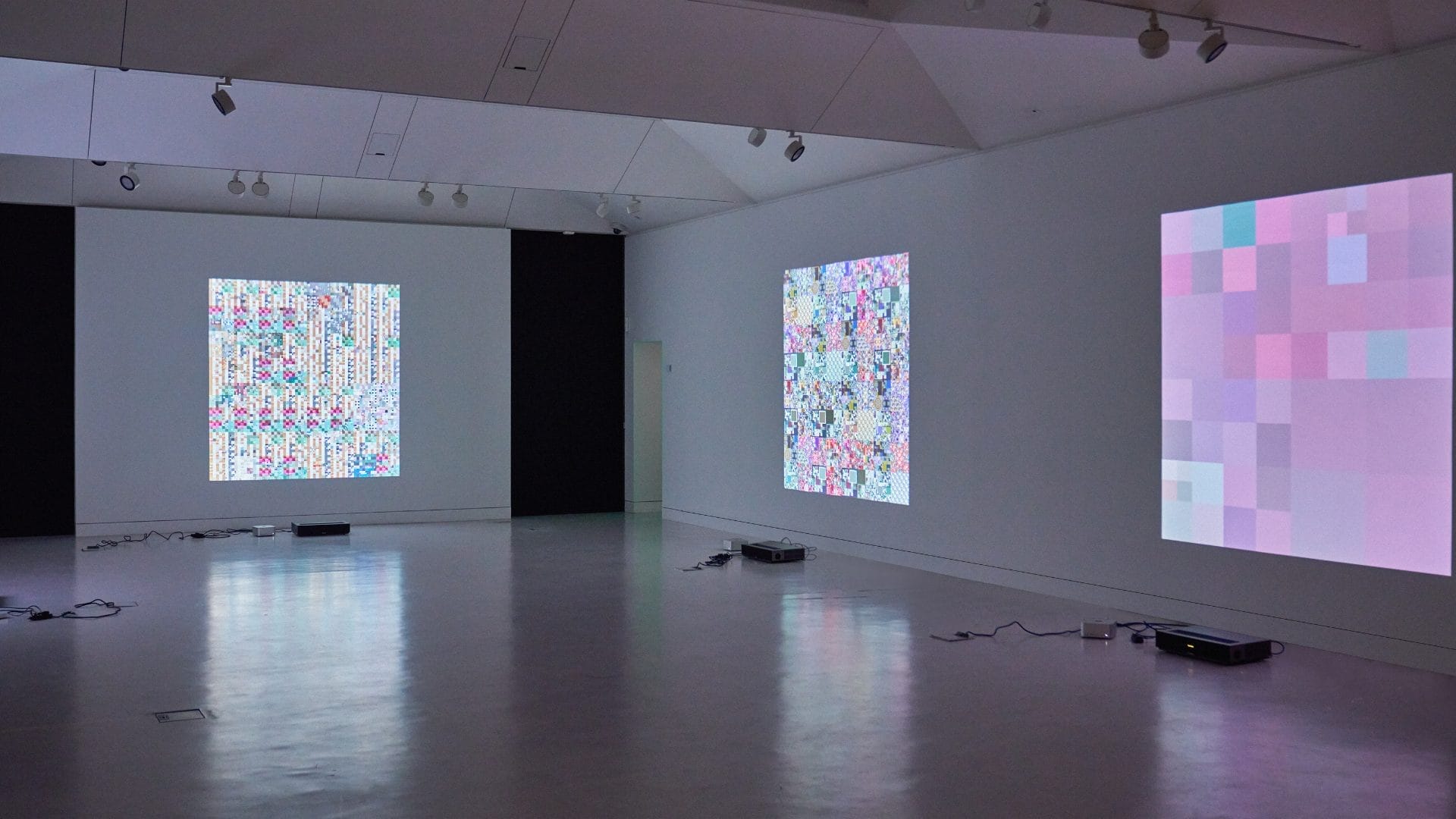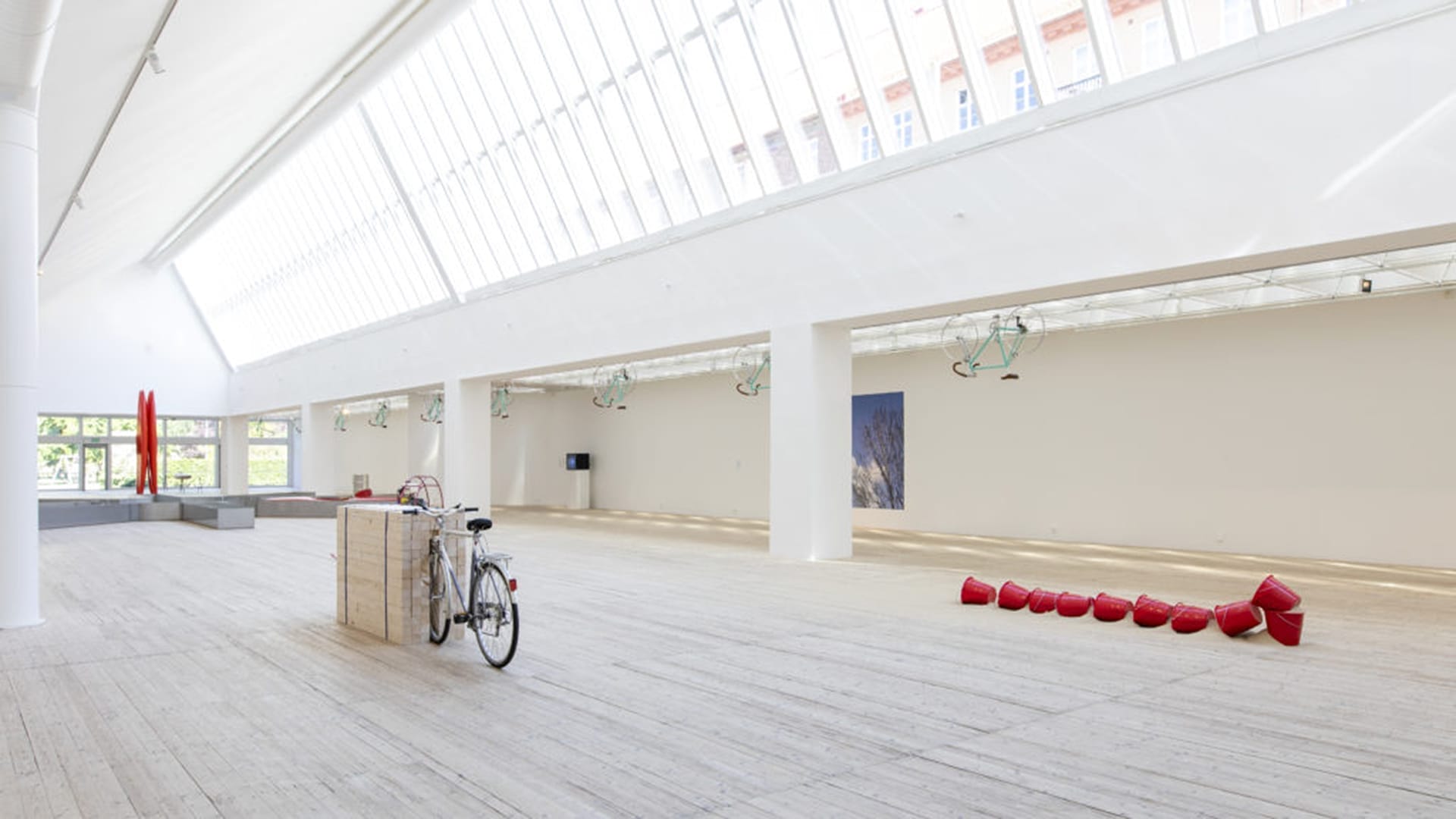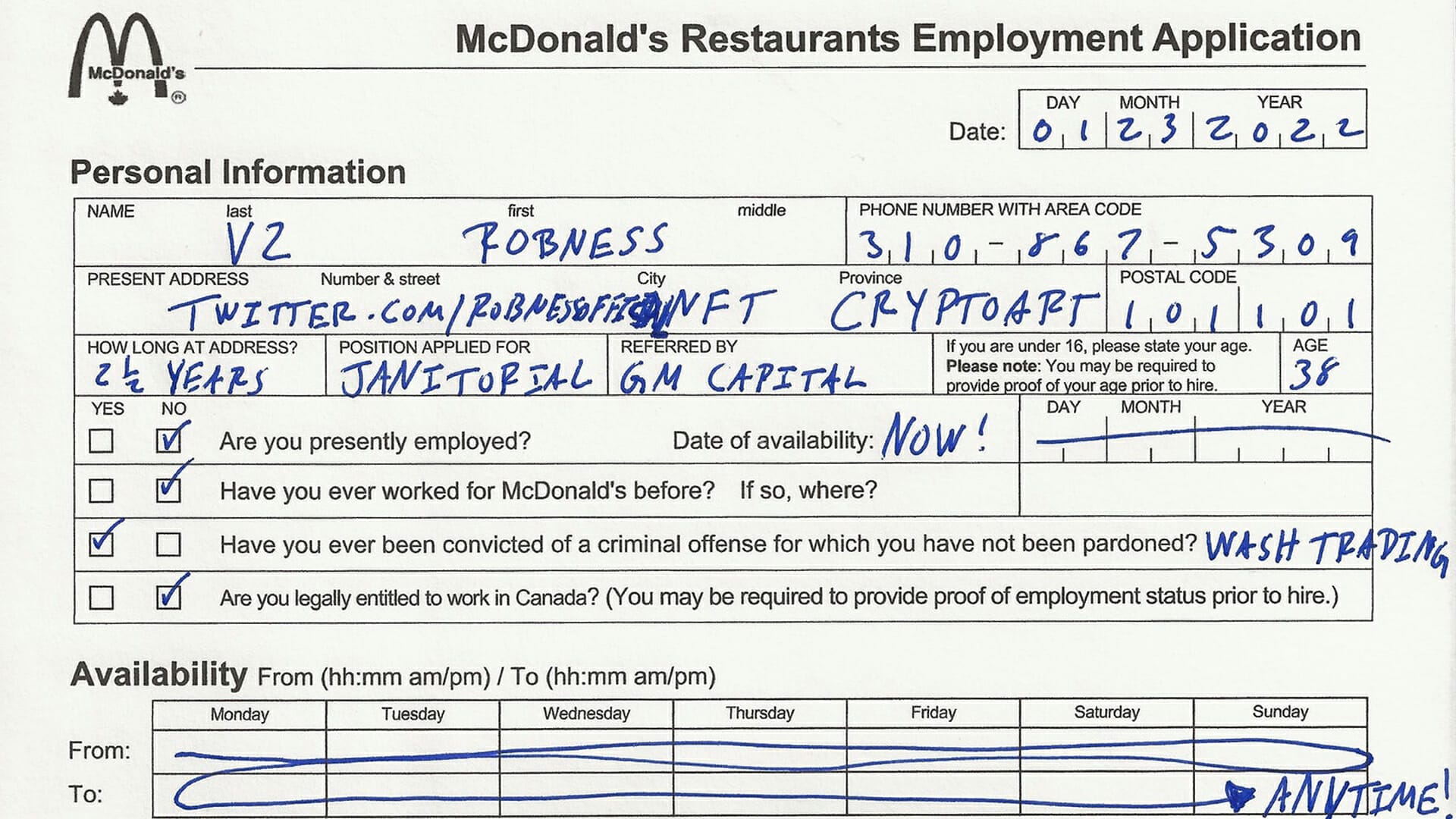
Robness: Unfolding the Journey of a CryptoArt Luminary
A CryptoArt luminary, digital artist ROBNESS weaves intricate narratives within the ever-evolving NFT landscape, harnessing the essence of the current digital art revolution — since he minted his first work in 2016, he has not only witnessed the evolution of CryptoArt and NFTs, but has, and continues to actively shape it.
Genesis: Tracing ROBNESS’ Inception in the CryptoArt Scene
ROBNESS, a California-based artist, found himself at the epicenter of the CryptoArt and NFT revolution from the very beginning.
His exploration of art began rather organically at a young age (12), sparked by the purchase of the Velvet Underground & Nico album — featuring Andy Warhol’s captivating art on its cover — which ignited ROBNESS ‘ interest in visual and auditory aesthetics and set him on the path of artistic exploration, eventually leading to CryptoArt.
This journey began on the counterparty protocol, a period during which he was BETA Testing two games, “Spells of Genesis” and “Sarutobi”.
In the aftermath he discovered “Rarepepe” on the counterparty exchange, which ultimately led to the creation of his very first work, “PEPEBEEFTAXI“.
In 2019 followed his encounter with Super Rare, KnowOrigin and subsequently OpenSea, representing a more personal creative phase heavily influenced by the vaporwave music scene.
From minting his inaugural piece “PEPEBEEFTAXI” in 2016 on the Bitcoin blockchain, to his audacious explorations into the Ethereum network and beyond, ROBNESS ’ artistic journey mirrors the trajectory of the digital art renaissance itself. As one of the pioneering crypto artists, his work has been exhibited at prestigious exhibitions including Sotheby’s and the Hermitage.
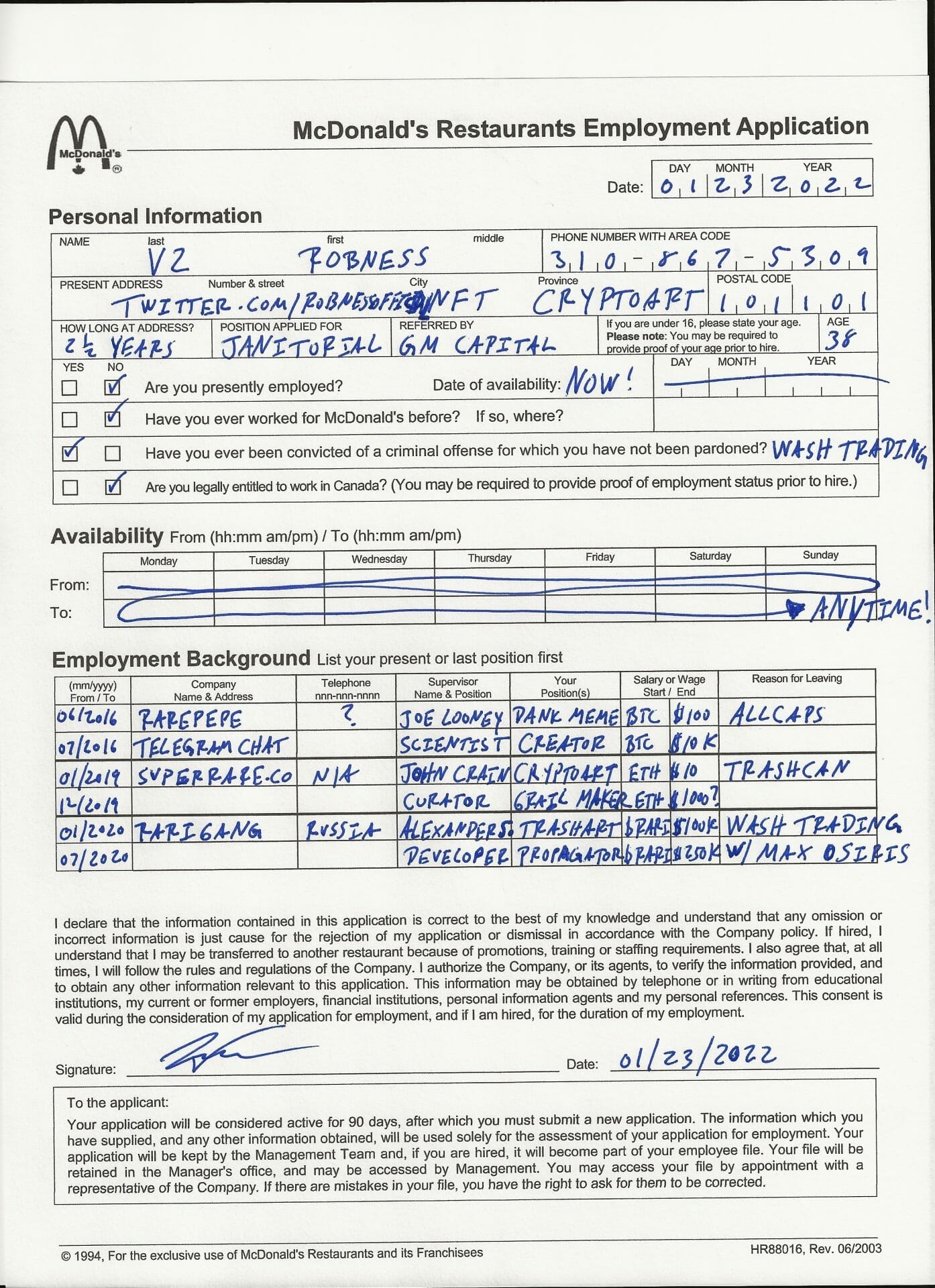
Breaking Boundaries: ’64 Gallon Toter’ and the #trashart Movement
ROBNESS’ artwork is heavily influenced by his quick and reactionary responses, reflecting his emotional connection with each piece — accordingly, his philosophy differs from the conventional, focusing not on universal approval but rather on the authenticity of his expressions and on provoking reaction when challenging the established norms within the crypto space.
One of ROBNESS’ works that best illustrates this artistic philosophy is “64 Gallon Toter”: a true manifesto of dissent and transformation.
On the surface, “64 Gallon Toter” represented a simple GIF of a trash bin. Nevertheless, on a deeper level, it marked a critical juncture in ROBNESS’ artistic evolution, signifying his shift towards the boundary-pushing, norm-challenging ethos that would come to define his later works — an embodiment of his disregard for artistic elitism, a bold critique of art-world institutions, and a testament to his belief in the transformative potential of art.
Using everyday objects to create his art, ROBNESS pushed back against institutional definitions of art and questioned who defines what is ‘legitimate’ creativity. It was actually this artwork, lifted directly from the Home Depot website and tokenized as an NFT, that led to controversy when it was taken down by SuperRare, prompting the birth of the #trashart movement which soon became a symbol of protest, igniting discussion about the nature of art, originality, and artists’ roles.
“I’d like to say I’m the most consistently inconsistent artist in the crypto space.”
__ ROBNESS
The very nature of ROBNESS‘ artistry is exploratory. As a result, he creates his artwork using a variety of tools, from Adobe Photoshop and After Effects to offbeat phone apps and Blender. It is precisely this rich diversity of tools and techniques that allows ROBNESS to constantly reinvent himself and adapt his style to the shifting narratives of the NFT space.
ROBNESS‘ subject matter is as diverse as his tools and techniques as he pulls from various elements, challenging societal norms, addressing issues within the crypto space, and often simply capturing the zeitgeist of the moment.
His art is a testament to his adaptive style, seamlessly evolving alongside the narratives of the Web3 art ecosystem.
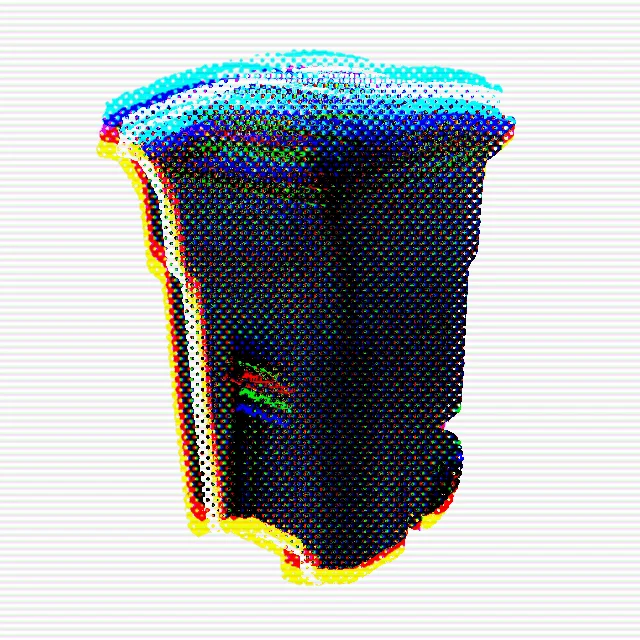
Beyond Aesthetic: Robness’ Influence on the NFT Dialogue
ROBNESS’ contributions to the CryptoArt community are undeniable.
Known for his audacity and inventiveness, he has always set new standards for NFT art, as well as sparked crucial discussions about its significance and valuation — his influence extending beyond the boundaries of his own creations, shaping the discourse surrounding CryptoArt and its future.
Through his pioneering efforts, ROBNESS paves the path towards a future for digital art that is increasingly decentralized, diverse, and boundless in its possibilities.
fakewhale
Founded in 2021, Fakewhale advocates the digital art market's evolution. Viewing NFT technology as a container for art, and leveraging the expansive scope of digital culture, Fakewhale strives to shape a new ecosystem in which art and technology become the starting point, rather than the final destination.
You may also like
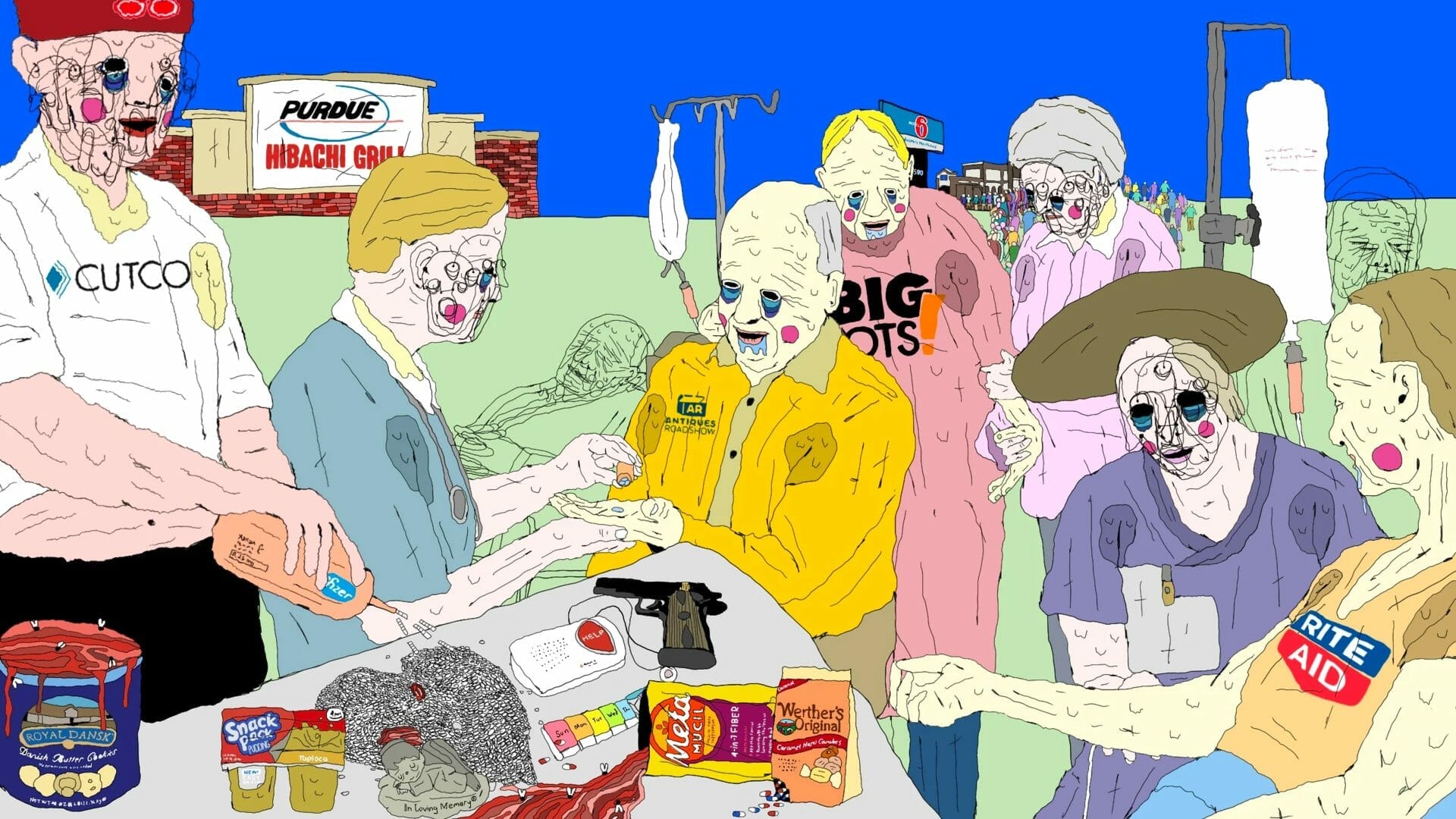
In conversation with diewiththemostlikes
In this episode of Fakewhale Live Jesse Draxler and diewiththemostlikes wrap up 2022, discussing the
Curating Tomorrow: Verse’s Vision for the Future of Contemporary Art
We are excited to announce that Fakewhale will be one of the selected galleries active in the Verse
Roman Signer: Ingenious Humor and Startling Tension
Roman Signer, an artist whose career spans over fifty years, has reinvented the concept of sculpture

